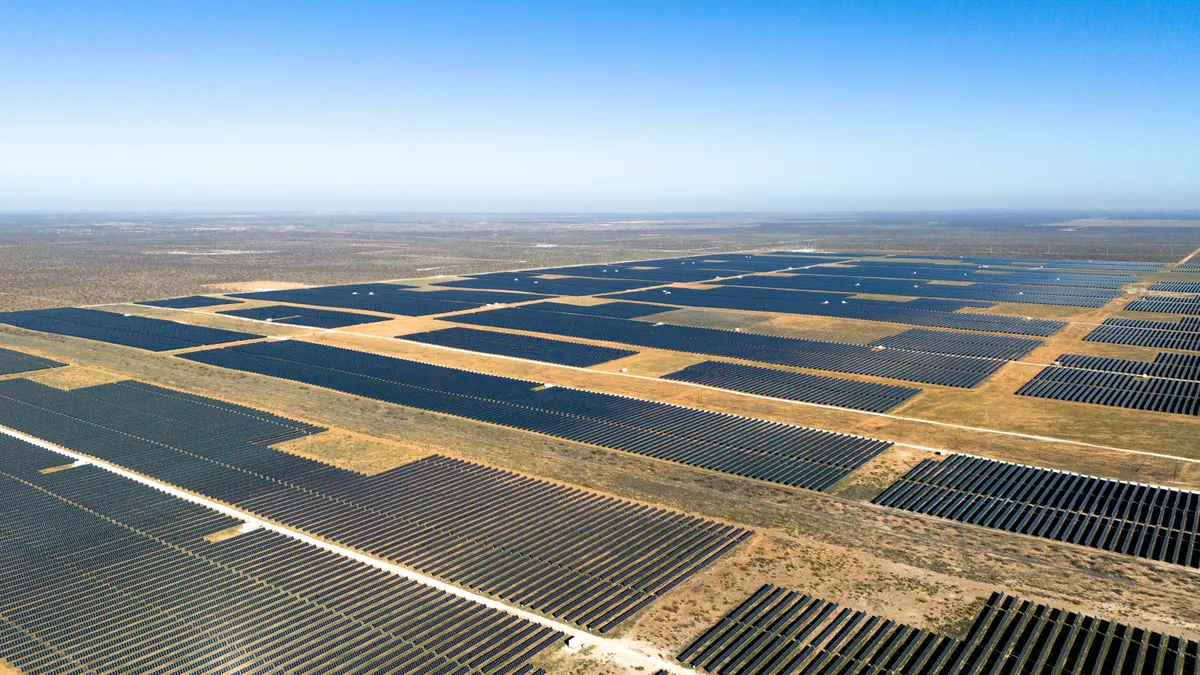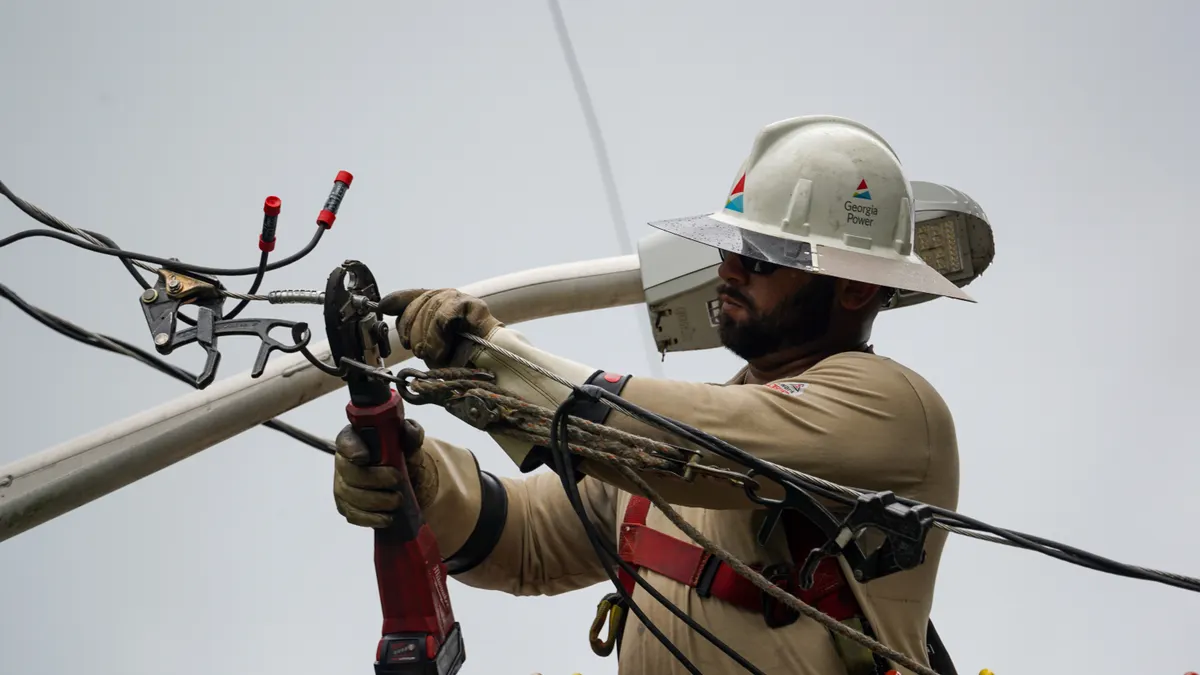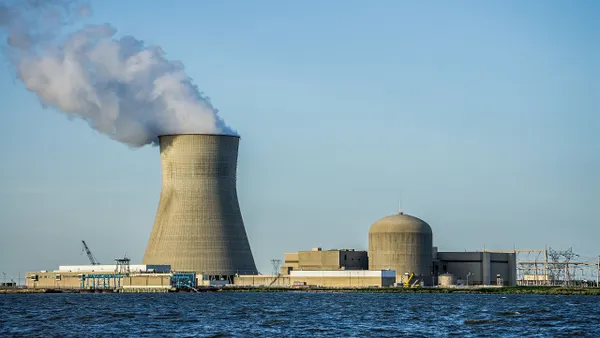Dive Brief:
- The Southwest Power Pool plans to merge its transmission planning and generator interconnection processes under an “unprecedented” proposal it filed Monday at the Federal Energy Regulatory Commission.
- The proposed “consolidated planning process,” or CPP, will provide more holistic identification and planning of multi-driver transmission solutions that benefit load and generation, SPP told FERC. It also will provide quicker processing of interconnection requests and better upfront cost certainty for interconnection customers, SPP said.
- The proposal comes amid surging demand growth across SPP’s footprint, which runs from the Texas Panhandle to North Dakota. SPP said its peak demand increased nearly 11% in the last four years, and “all indicators suggest that these trends will, at least, continue, and most likely accelerate.”
Dive Insight:
SPP says the CPP “will proactively ensure that the right, and most optimal, transmission upgrades are built at the right time and that costs are shared between generation and load based on roughly commensurate benefits to each.”
While SPP has more than 130 GW in its interconnection queue, the region is slow to add power supplies, partly because of a lack of certainty about how much a generator will have to pay for network upgrades needed to connect to the grid and the continued submission of speculative projects that lead to withdrawals from the interconnection queue, restudies and delays, it said.
Thermal generation is largest single resource in SPP's interconnection queue
Working with its stakeholders, SPP started considering broad changes to its transmission planning process in 2020. The CPP proposal grew out of that effort.
“This landmark change in SPP’s long-term planning and cost allocation processes was unopposed in SPP’s stakeholder process — a nearly unprecedented feat in SPP’s diverse stakeholder process for a proposal that marks a sea change in transmission planning and cost allocation,” SPP said.
Under the CPP proposal, interconnection customers would pay a share of the costs of regional transmission projects that result from CPP through a “generalized rates for interconnection development contribution,” or GRID-C, rate framework, the grid operator said.
Through the GRID-C framework, SPP will set a per-megawatt charge for interconnecting customers that reflects their share of system network upgrade costs, with those revenues credited to load paying for the same upgrades under SPP’s highway/byway cost allocation methodology.
Separately, SPP on Friday asked FERC to approve a proposal to establish subregional cost allocation within its highway/byway structure to determine the allocation of future upgrades operating at 100-kV to 300-kV voltage levels. If FERC approves the proposal to create five subregions, 67% of the revenue requirement for CPP upgrades in that voltage range will be allocated to loads in the subregion where the upgrade is located, it said, instead of to the individual pricing zone where the upgrade is located, which is the case under the current highway/byway structure, SPP said.
Under SPP’s current cost allocation process, it spreads the costs of projects larger than 300 kV across its footprint. A third of the costs for so-called byway projects from 100 kV to 300 kV are paid by the region, and the rest is paid by customers within the zone where the project is built.
SPP asked FERC to approve the “phase 1” CPP proposal by Jan. 31 so it can take effect by March 1. It said it intends to seek additional CPP-related changes to “synergize” other study processes and cost allocation methods to address the power sector’s evolution.















